During this pandemic, with the second wave of deadly virus heading towards all parts of our country, the government has set new rules to curb and subside the rising cases. Maharashtra Government has allowed gymnasium to remain open with the condition that occupancy at any time cannot exceed 50%. Further strict COVID 19 behavior like wearing a mask, social distancing, and hand sanitizer should be enforced. Many people now find it risky to go to the gym, at the same time they want to keep exercising also. There are some easy cardio or aerobics exercises like rope jump, jumping jacks, running in place, squat jumps, plank jacks, speed skaters, crab walk, standing oblique crunch, which you can do at home to keep yourself fit. These exercises have ample benefits.
Aerobics – how useful is it?
Aerobic is beneficial to patients with blood pressure and heart diseases by doing regular exercise. It promises to inverse the development of heart disease if a patient is keeping a check on his diet and leading an active lifestyle. Aerobic exercises lower BP instantly. A patient with hypertension can reduce their daily intake of BP medicine if he/she starts doing exercise regularly.
According to a recent study in the US, aerobic exercises can reduce the induction of negative emotional responses in males, such as anxiety and most especially anger. That can lead to better heart health as well, as anger is known to increase blood pressure which can lead a person to Myocardial Infarction or heart attacks.
Studies performed in the late 90’s show that an active lifestyle can help to slow down, prevent or even reverse the component of Alzheimer’s disease. It doesn’t require rigorous exercise, just walking 15-20 minutes per day is also helpful in slowing down the process of brain degeneration in case of Alzheimer’s disease. Thus, aerobic is useful for the patient with Alzheimer’s disease. As it affects the person’s neurological capacity, this can be very much beneficial in speaking ability.
Individuals having problem in falling asleep or going in deep sleep at night, they are good to go for cardio exercises in the daytime. Hence, it is good for healthy sleep. Healthy sleep in turn is good for a healthy body.
Regular aerobic exercises also promote good posture. Posture affects a person’s ability to breathe hence is good for seniors.
Aerobic exercises warm up the body. While doing hard exercise, the body temperature automatically rises up, and stopping it, cools the body. This mechanism of cooling allows a person’s muscles to become loose and relaxed.
After doing rigorous exercise, a person can’t go directly to sleep. Therefore, it is necessary to plan your exercise routine early in the daytime so that body gets enough time to return to normal pace before going to bed.
Aerobics perform its two main functions – delivering proper oxygen to muscle efficiently and expelling out waste products (carbon dioxide and metabolic waste products).
Cardio workouts can burn up to 1000 calories per hour depending upon the type of exercise. Fasting is not going to help because if you don’t provide input how will the output come. The body relies on the calories in and calories out phenomenon. If a person really wants to burn fat instead of opting for fasting, he should opt for the right amount of nutritious food intake.
Studies show that doing one hour of aerobics increases your 2 hours of lifespan. It is a worthy deal. Thus, aerobics increases the quality and quantity of life.
Exercising 15-30 minutes daily aerobics decreases the stress level and increases energy level.
Useful in diseases
Helps to avoid colon cancer in both men and women.
Decreases risk of heart disease.
Slows aging process and good levels of high-density lipoprotein.
Improves sleep quality. Lack of sleep could result in mental stress.
Improves mental and physical ability.
Cardiovascular exercises are good for increasing stamina, improves heart rate, burn calories, and excess fat from the body. Walking is an excellent cardio exercise, but one needs to walk at such a pace and intensity that increases the demand on the heart, lungs, and muscles.
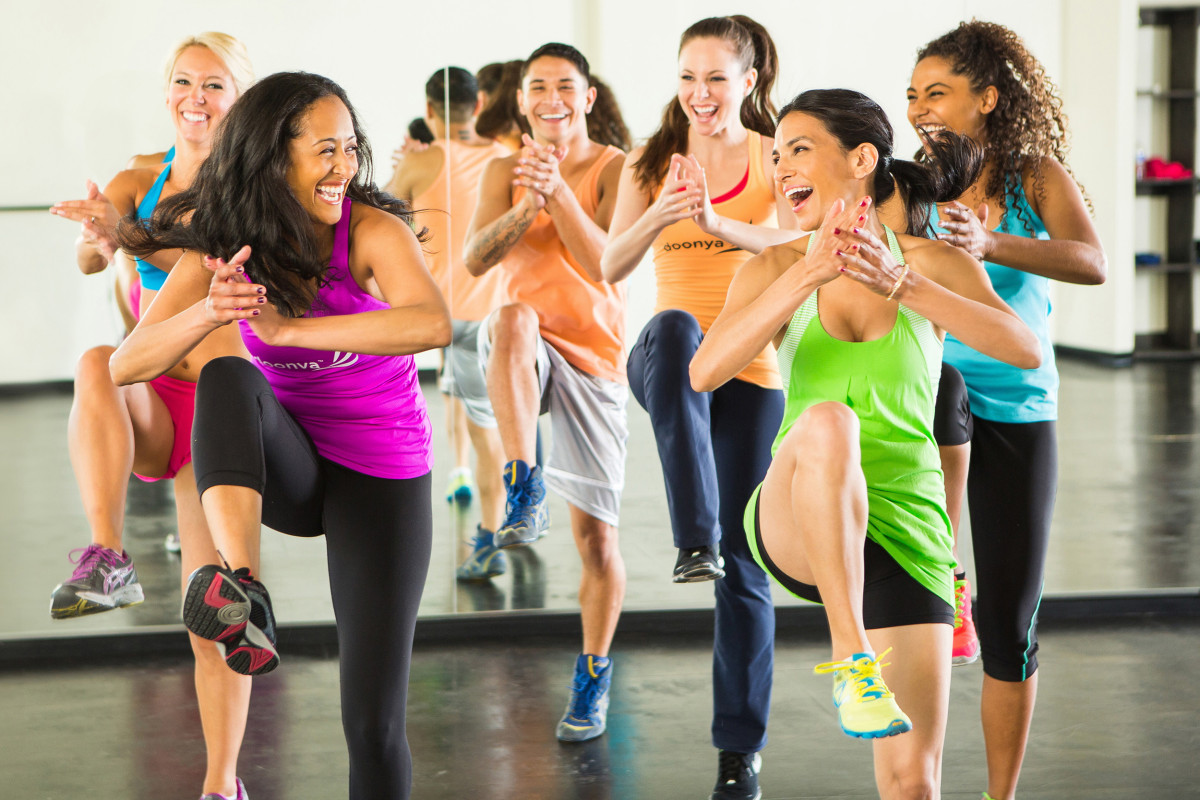
 “Exercises are very important to keep or body fit. We do exercises to toughen our body and polish our spirit.â€
“Exercises are very important to keep or body fit. We do exercises to toughen our body and polish our spirit.â€









.jpeg)

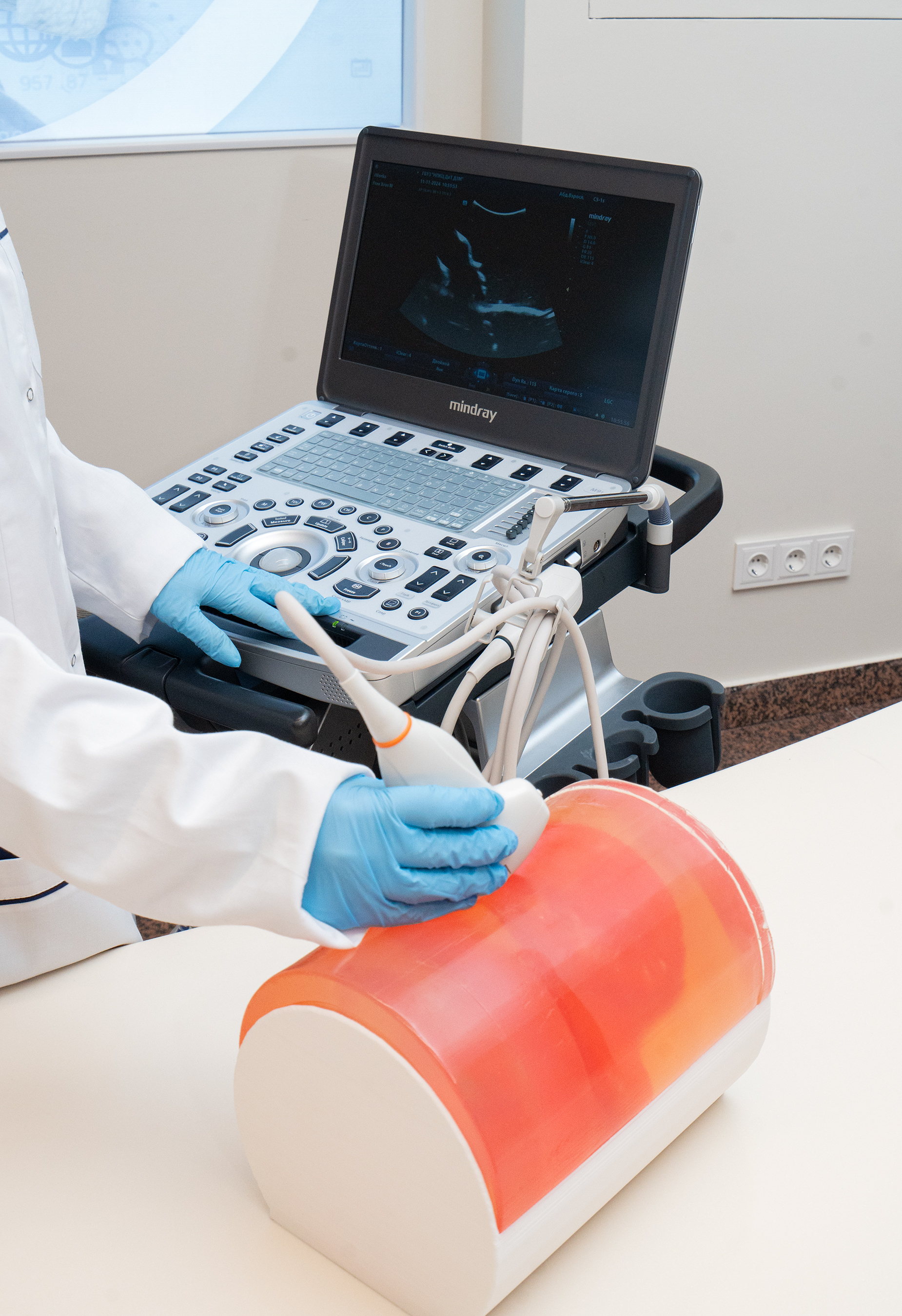

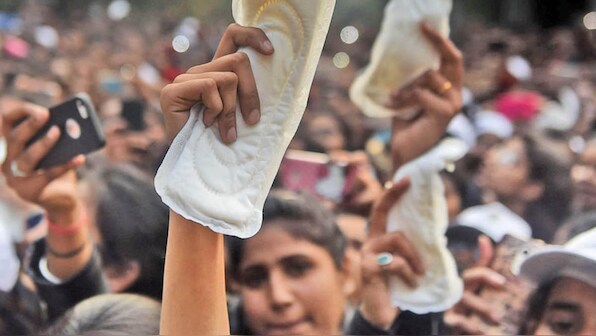
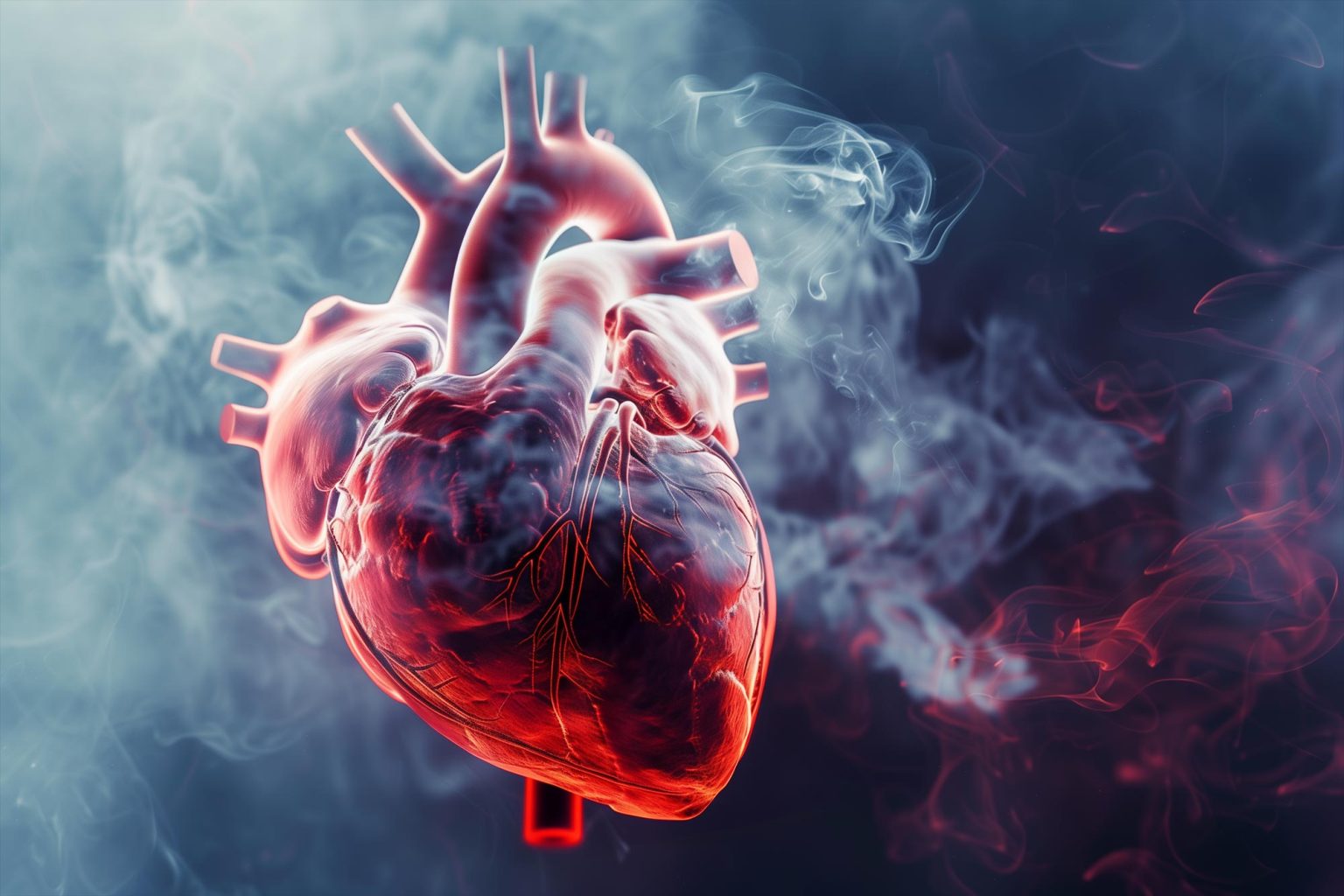


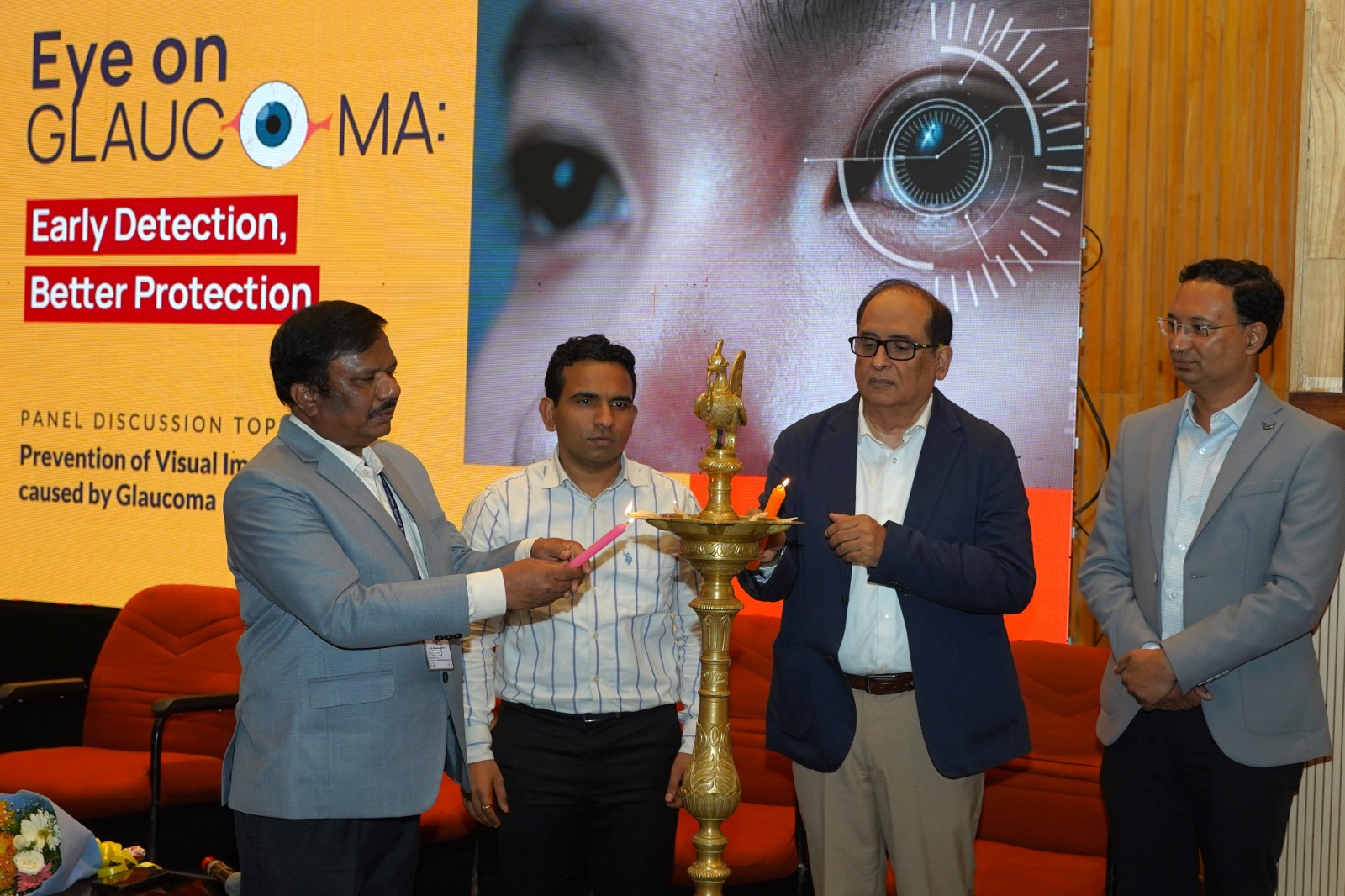
.png)
.png)

.png)
.png)
.png)
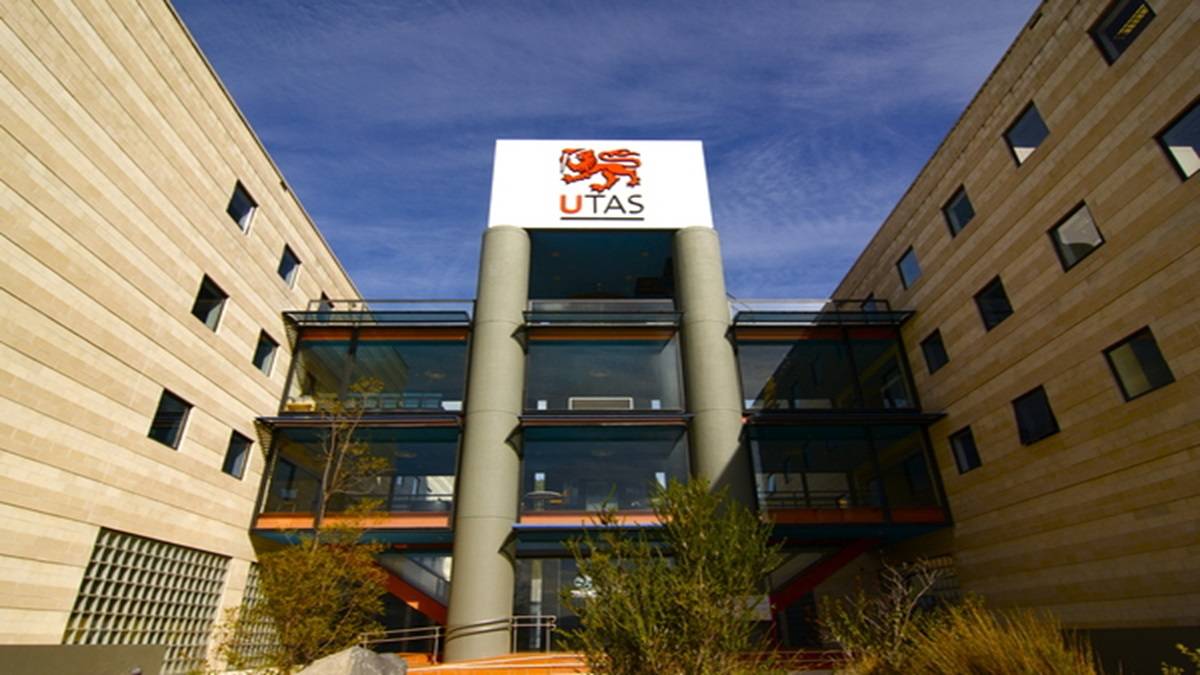
.png)
.png)
.png)

.png)
.png)